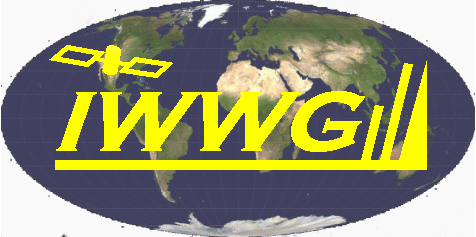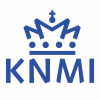Mitigation of Errors in GOES-17 Atmospheric Motion Vectors in NAVGEM
The quality control of atmospheric motion vectors (AMVs) in NAVGEM, the U.S. Navy’s global numerical weather prediction system, applies processes to mitigate errors in several steps. This presentation will examine the ability of these processes to mitigate the errors present in GOES-17 AMVs that result from the malfunctioning loop heat pipe and the resulting saturation of key channels during nighttime hours, especially within a few weeks of the equinoxes. During these times, AMVs become fewer in number and use less optimal height assignment methods; the six-hour window centered on 1200 UTC is the most impacted.
The quality control processes discussed in this presentation include (1) the superob procedure, which averages AMVs only when they are sufficiently similar, (2) the imposition of vertical limits, which was found to be necessary to mitigate the low speed bias at upper levels in GOES-16 AMVs as well as GOES-17 AMVs (and which is unrelated to the loop heat pipe problem), and (3) the exclusion of poorly performing channels. Results from two experiments will be presented in terms of mean vector differences, forecast system observation impacts (FSOI), and anomaly correlations (AC). The first experiment used the NESDIS GOES-17 AMVs in addition to GOES-15 AMVs from both NESDIS and CIMSS. The second experiment compared model runs with only GOES-17 NESDIS/CIMSS AMVs and with only GOES-15 NESDIS/CIMSS AMVs. Both model runs used the same conventional data, radiances, and satellite-derived winds from other satellites.
A further development was made by NESDIS to mitigate the GOES-17 AMV errors, by using stereo image pairs rather than a multi-channel algorithm for height assignment. We compare NAVGEM innovation statistics for the stereo winds to the statistics for winds using multi-channel height assignment method during time periods affected by channel saturation as well as unaffected time periods.






